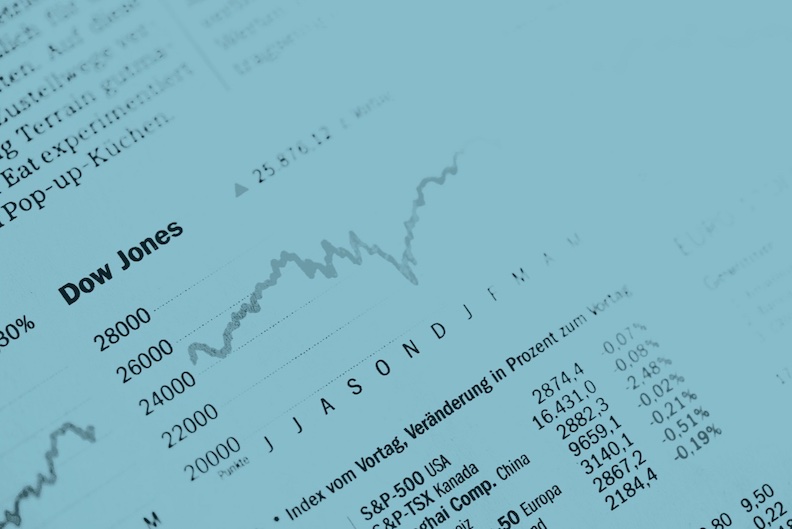What is it about?
Fuel management for wildfire risk prevention generally lacks economic sustainability. In marginal areas of southern Europe, this limits fuel treatment programs from reaching the critical mass of required treated area to modify landscape flammability, the fire regime and its impacts. This study investigates key fuel management initiatives for wildfire risk prevention in southern EU countries.
Featured Image
Why is it important?
We contend that the EU Green Deal offers the political backing and framework (mainstreaming of EU strategies and funding opportunities) to enable the replication of documented fire-smart models and functional approaches to wildfire risk prevention.
Perspectives
A successful and shared governance process for wildfire prevention must not only take into account local specificities, but also strengthen the cultural perception of the role of traditional activities contributing to fuel management, to make visible their “cost-efficiency” in terms of reducing the cost of direct prevention and wildfires potential impact. In this perspective, we contend that if the future public funding programs are designed to include, at least some, of the criteria of the fire-smart solution model here discussed, private and public actors will be more attracted to join forces and co-design solutions that are adapted to real needs of marginal territories.
Piermaria Corona
University of Tuscia, Viterbo (Italy)
Read the Original
This page is a summary of: Fire-smart solutions for sustainable wildfire risk prevention: Bottom-up initiatives meet top-down policies under EU green deal, International Journal of Disaster Risk Reduction, June 2023, Elsevier,
DOI: 10.1016/j.ijdrr.2023.103715.
You can read the full text:
Contributors
The following have contributed to this page







